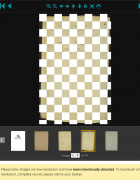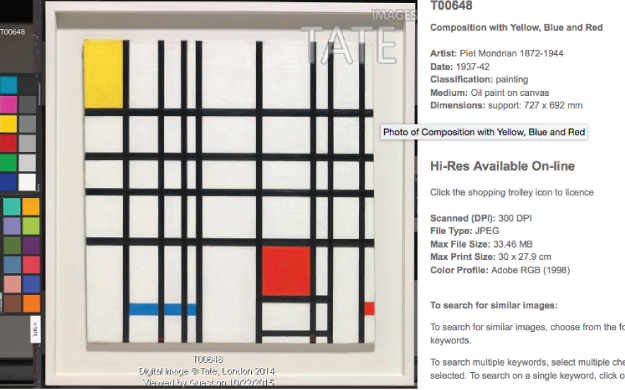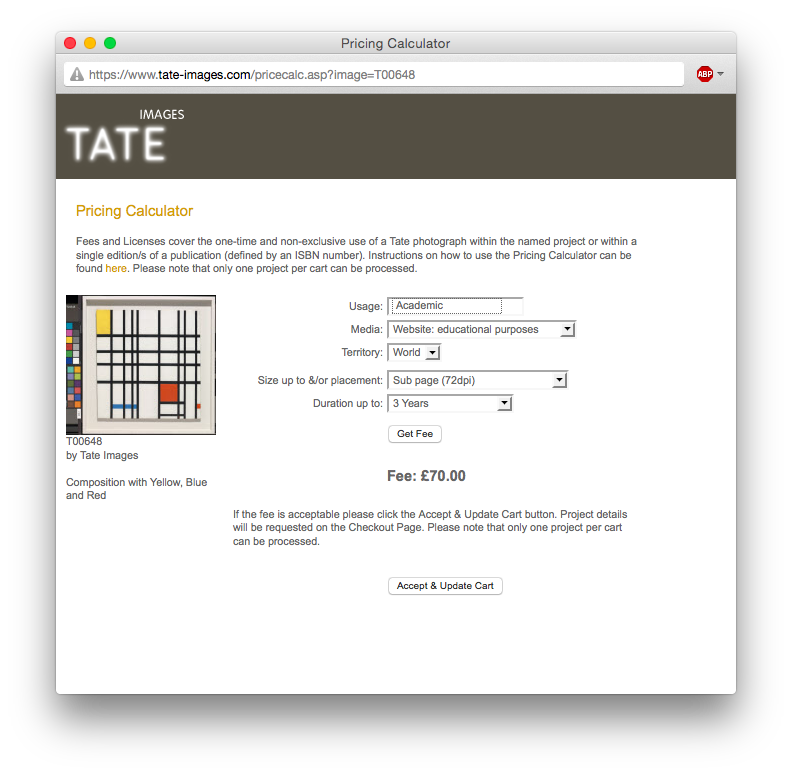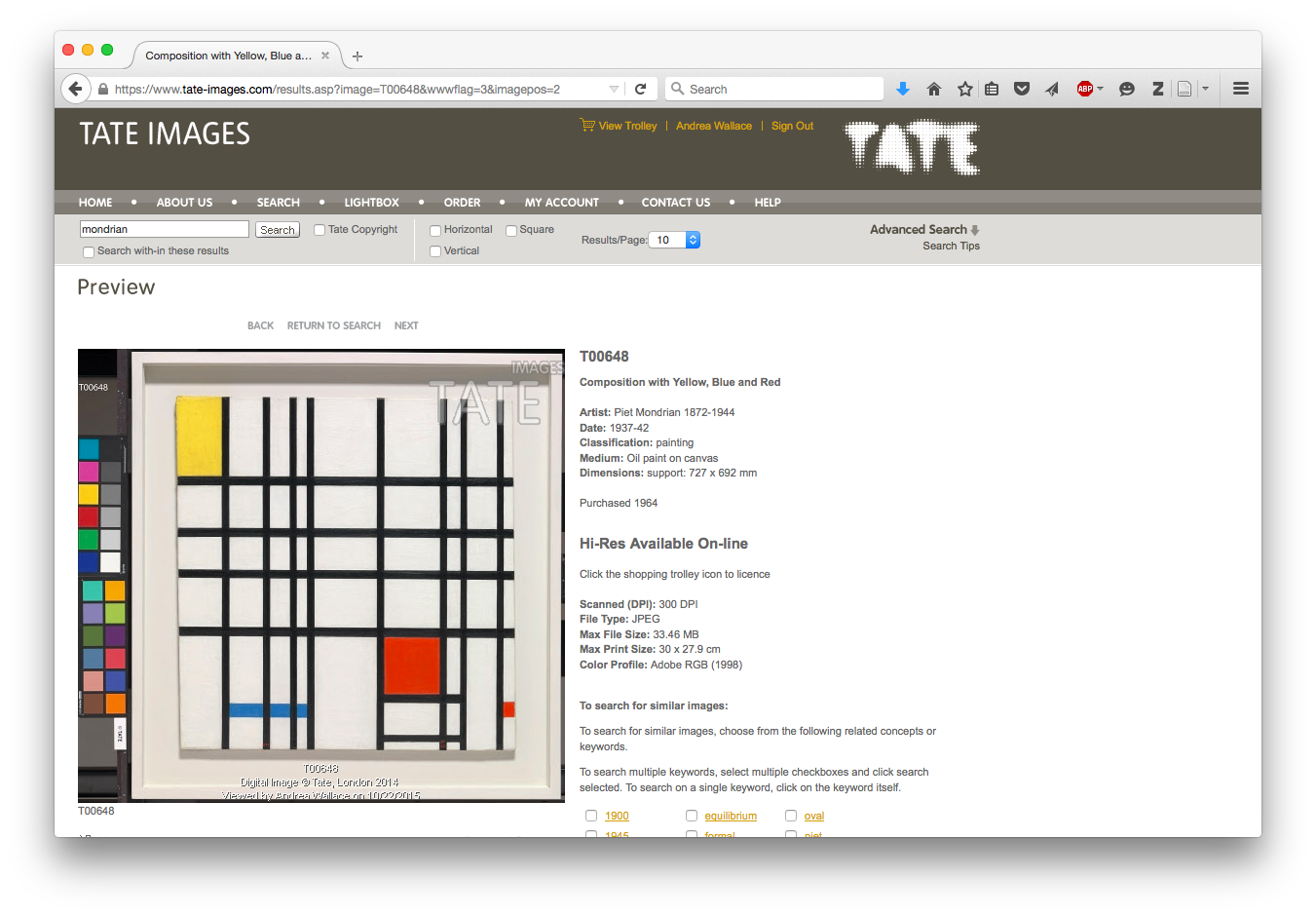What are Surrogate IP Rights?
For the purposes of this blog, surrogate rights are based in intellectual property law (especially copyright). This blog explores how cultural institutions are claiming surrogate IP rights over artworks in the public domain.
Enter Artists and Authors.
When an author (or artist) makes something new, they are entitled to a copyright over that original work. This means the artist can control who may and may not use or copy the work, how it may be used, and can ask for payment. This is done through a license agreement between the artist and the user. The copyright for that work exists for the artist’s entire lifetime and transfers to their heirs upon death. The heirs then hold that right for 70 more years. Once those 70 years are up, the copyright expires and the work is considered part of the public domain. Works in the public domain are free of copyright restrictions and the public is entitled to use them however they like. Essentially, surrogate rights can begin when copyright protections end and a work transfers into the public domain.
Enter Cultural Institutions.
Cultural institutions are digitizing their collections and putting images of works online in an effort to generate interest and make their collections more widely available. Many of the works in their collections are still in copyright, which means the original artist maintains the rights over them and their digital reproductions (in theory). But what about the works in the public domain? Who gets a say in that? If an artwork is in the public domain, is its digital version in the public domain too? Not necessarily…
Let’s work this out through an example.
Take Piet Mondrian. Mondrian was a Dutch painter who died February 1, 1944. During Mondrian’s lifetime, he had a copyright over each and every artwork he created. When Mondrian died, the clock started ticking and those rights passed on to his heirs for the next 70 years. Those 70 years have now passed, so Mondrian’s artworks are (mostly) in the public domain. This means you can reuse his works or just selective elements of them, create your own art, copy them directly, or really anything else that your heart desires. You don’t have to ask Mondrian’s heirs for permission. You don’t even have to say your painted copy of a Mondrian painting is Mondrian’s. You can even say it’s your own work.
Despite this, the only way to gain access to one of Mondrian’s paintings is by visiting a cultural institution responsible for its care. For example, I’d like to use a Mondrian painting to accompany this blog post. Since I’m in the United Kingdom, I’ll use a painting from the Tate in London titled “Composition in Yellow, Blue and Red.” I can’t exactly walk into the Tate and take the painting off the wall and say, “Hey, this is in the public domain now, so I’m going to use it to make something new. Cool? Thanks.” Instead, I need to gain access to the painting and a way to reuse it by making a reproduction of it. Most often, this is accomplished by taking a photograph—a photograph that, in and of itself, serves as a surrogate for the original work. Either I must take an image of the painting myself (or not, since personal photography can be prohibited by cultural institutions) or I must find a way to get the cultural institution to provide me with an image.
With the Internet, this is now much easier. In fact, I don’t even have to visit the physical institution to see the painting—I can visit the Tate’s virtual institution instead. So I did! I went to the Tate Images website, created an account (as required), and found out exactly what it would take for me to get a hold of an image of the Mondrian painting to use for this very blog. Conveniently, the Tate website has a friendly image pricing calculator to help me along the way.
Great news! This public domain work has been digitized and it’s only going to cost me 70 pounds to use it for this specific purpose. (Can I borrow 70 pounds?)
That 70 pounds gets me a license to use Mondrian’s painting for an academic website for educational purposes (check and check) that is globally accessible for up three years (check?). I can only use the image on page of this website that is not the home page. And for 70 pounds, the image the Tate will give me is 72dpi—this is basically the lowest quality resolution available.
And the Tate has expressly claimed a copyright over the digital version of Mondrian’s painting. If you look closely, you’ll see that the Tate says the photo of Mondrian’s painting is its own original work and it claims a copyright over any use.
Enter Surrogate IP Rights.
This, ladies and gentlemen, is where surrogate rights come in. Cultural institutions are restricting access to the reuse of digital versions of public domain items, often to offset the costs of making reproductions in the first place. To start, many institutions are claiming a copyright in the digital version of the public domain work as their own original work. Others are using the terms and conditions of their website to create rights that resemble (and go well beyond) copyright protections—terms and conditions that you somehow agree to simply by accessing the site. And copyright is not the only intellectual property right that is being claimed through surrogacy. Cultural institutions are claiming surrogate moral rights, exercising surrogate licensing, and creating surrogate rights over data (just to name a few more).
The concept of “surrogate” intellectual property rights is a new thing—and this is what my dissertation explores (thanks, Fred Saunderson, and see the footnote). However, the practice of exercising one of these surrogate IP rights over a public domain item is definitely not a new thing—and this is what my blog explores. Cultural institutions have been taking photographs of their artworks and charging for copies for decades. It is only in the past several years that digitization and the Internet have amplified this issue exponentially.
Why is this important? Well, that’s what this blog explores. Cultural institutions aren’t specifically to blame. There’s not much legal guidance for how they should be approaching these questions, and there’s even (increasingly) less funding to help. Nor are these easy decisions for cultural institutions to make; they’re often taken after countless meetings and in full consideration of how to best honor their missions. It’s important to point out that cultural institutions are trying their best, with very limited resources, to innovate and find creative ways to avoid surrogacy.
Enter The Surrogate IP Rights Blog.
In conclusion, the surrogacy concept has a number of layers. Yet, the surrogacy practice has countless implications for the public domain. Many of these implications are already becoming apparent. This blog draws attention to surrogate IP rights and documents the various ways they are playing out and impacting the public domain.
Footnote: Why “surrogate” you ask? First, my colleague at the National Library of Scotland, Fred Saunderson, and I were having a chat one day about my research. I’d been working on all the empirical analysis for several of the topics this blog addresses. We were reviewing a giant spreadsheet of mine, where I detailed all of the rights cultural institutions were claiming over public domain items and categorized them as resembling copyright, moral rights, etc., when Fred very nonchalantly said, “it’s almost like they’re acting as surrogates.” Eureka, Fred, eureka.
Second, “digital surrogates” is actually a term already used in the field. For an example, see the Getty’s Open Content Program: “Public Domain and Rights: Open content images are digital surrogates of works of art that are in the Getty’s collections and in the public domain, for which we hold all rights, or for which we are not aware of any rights restrictions.”




